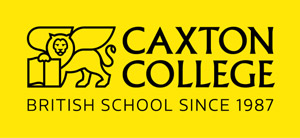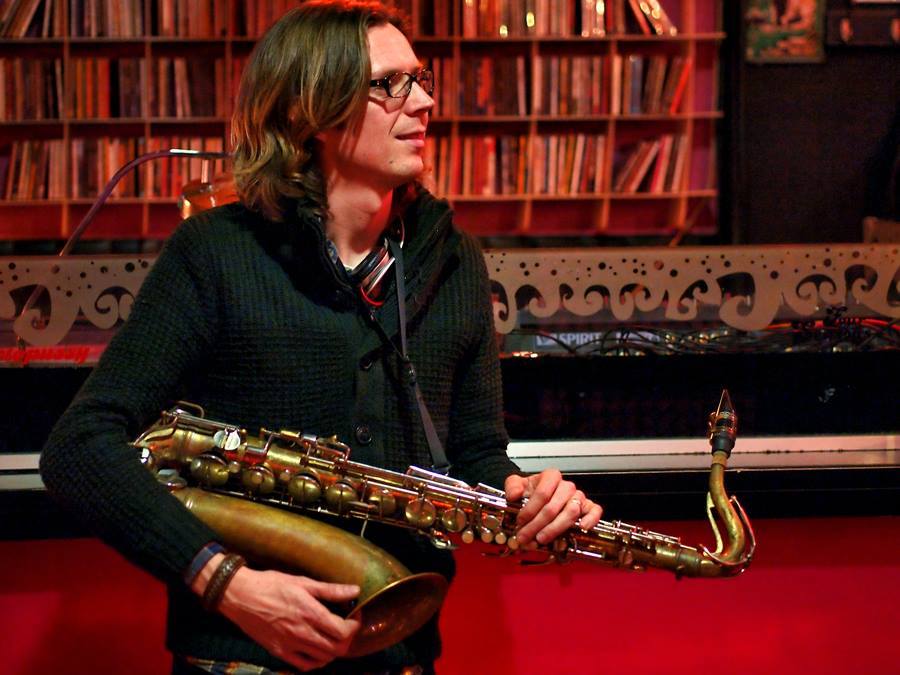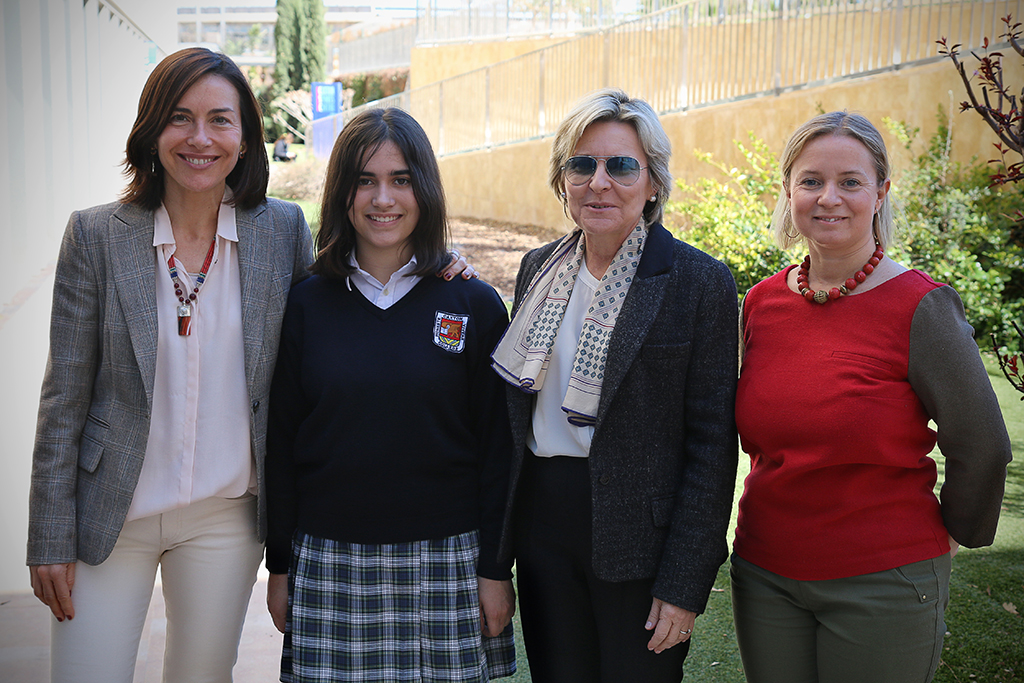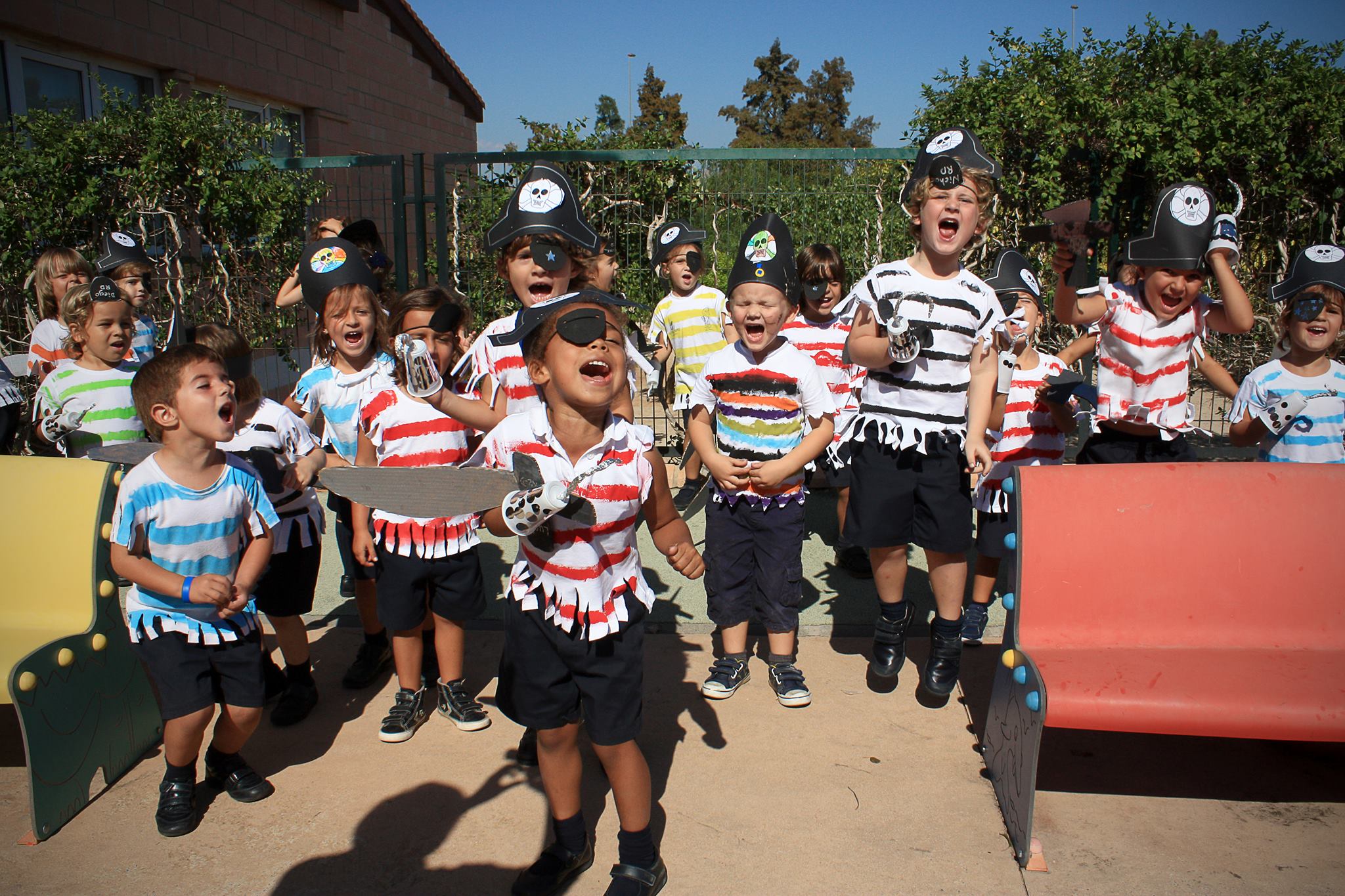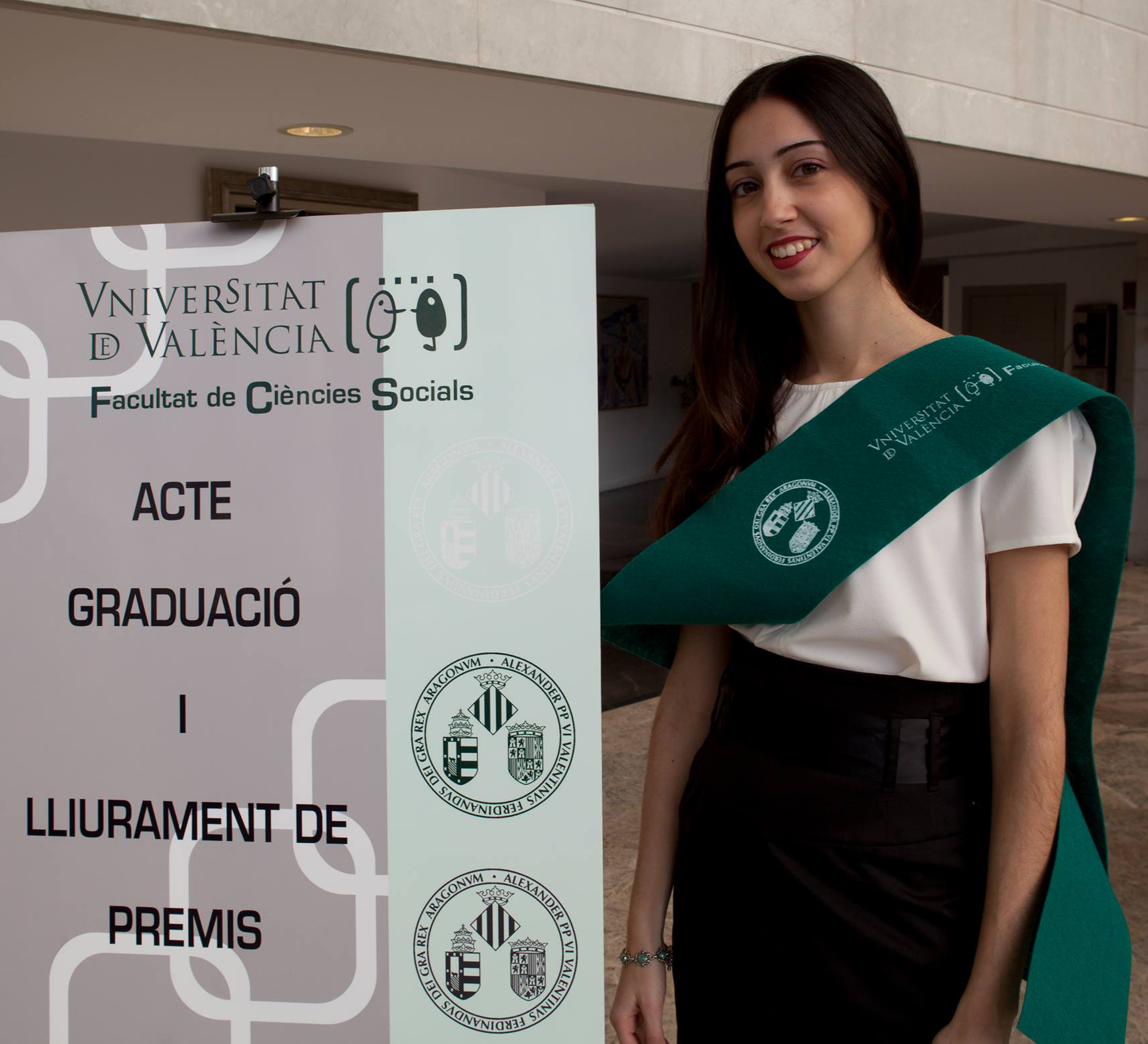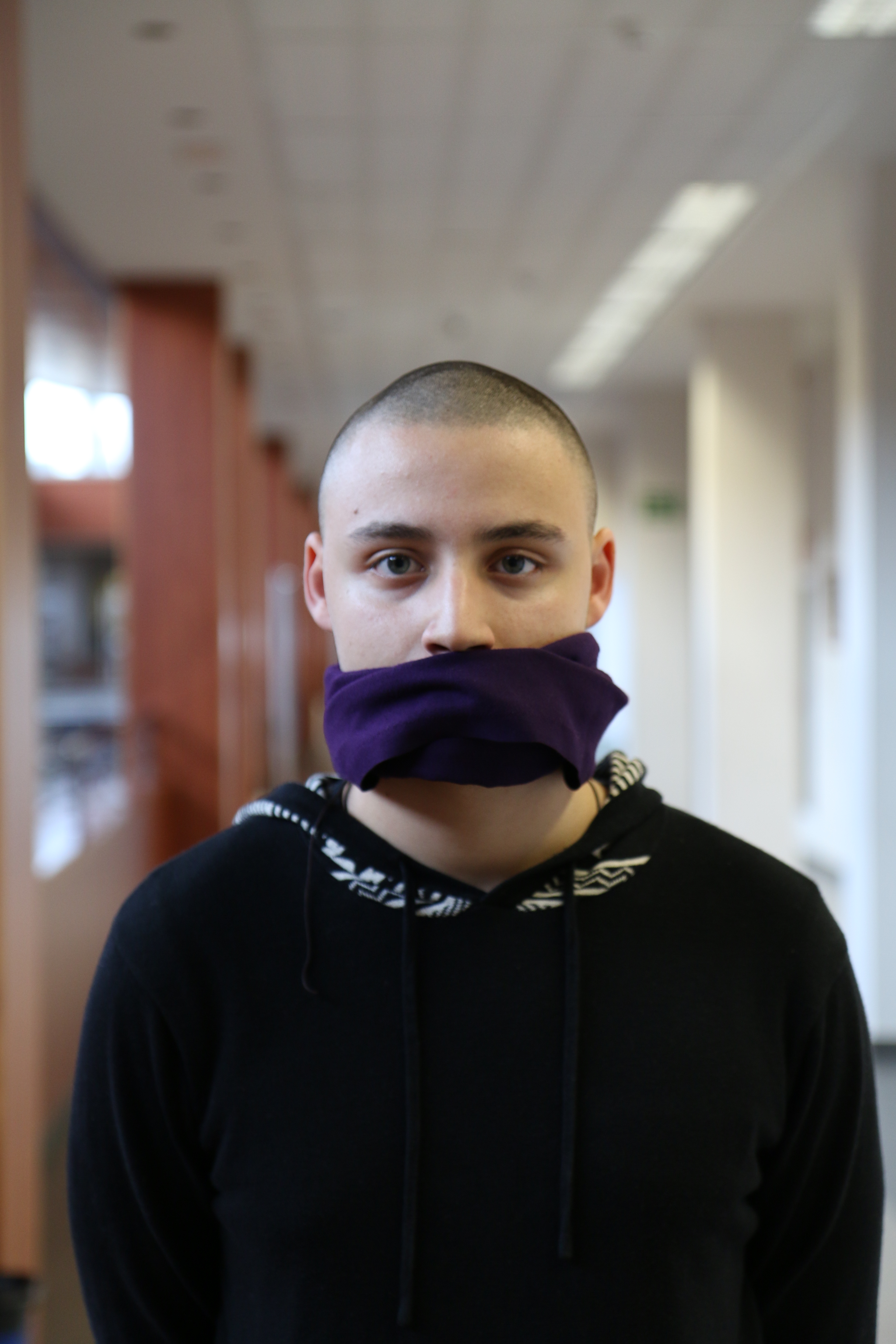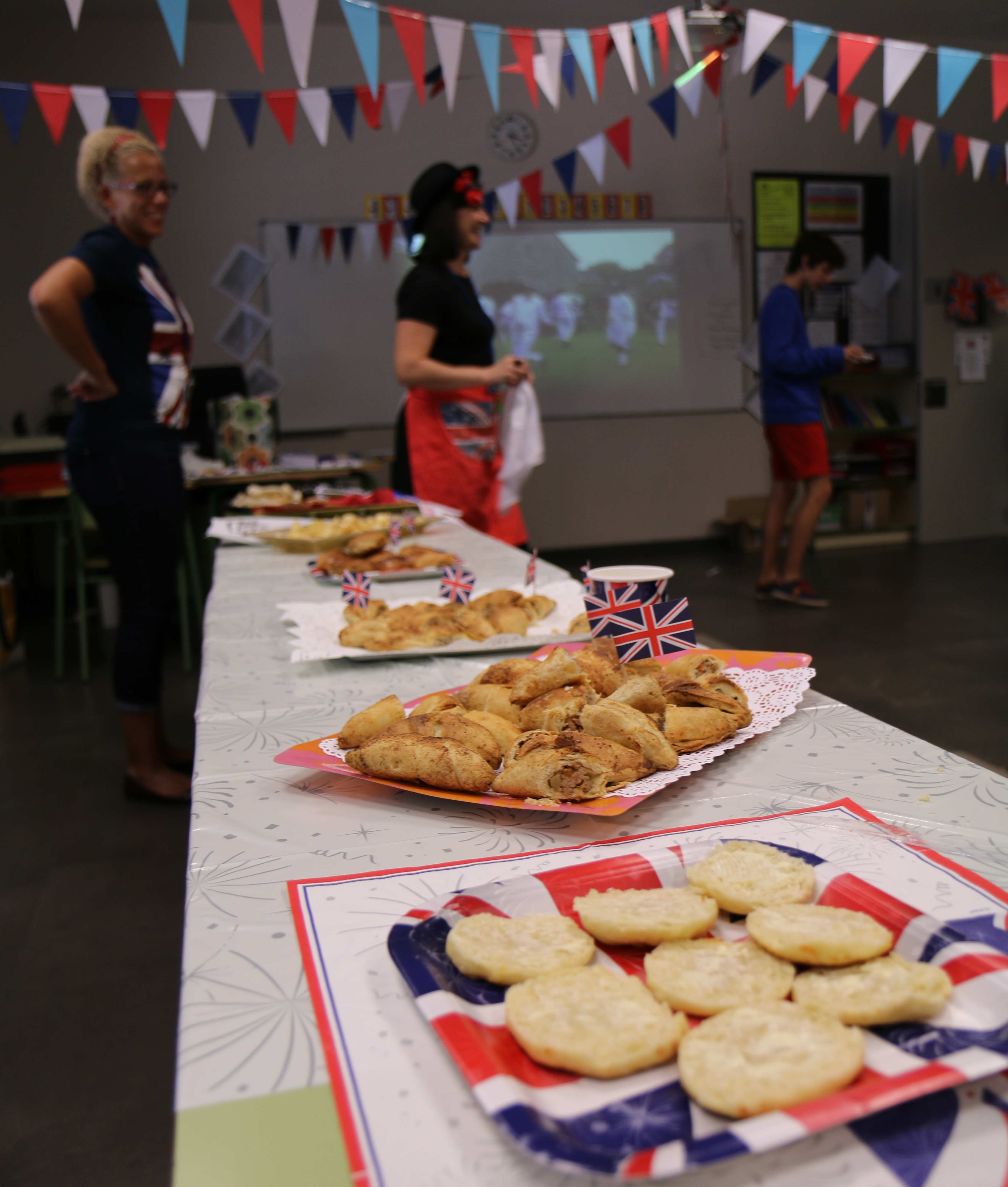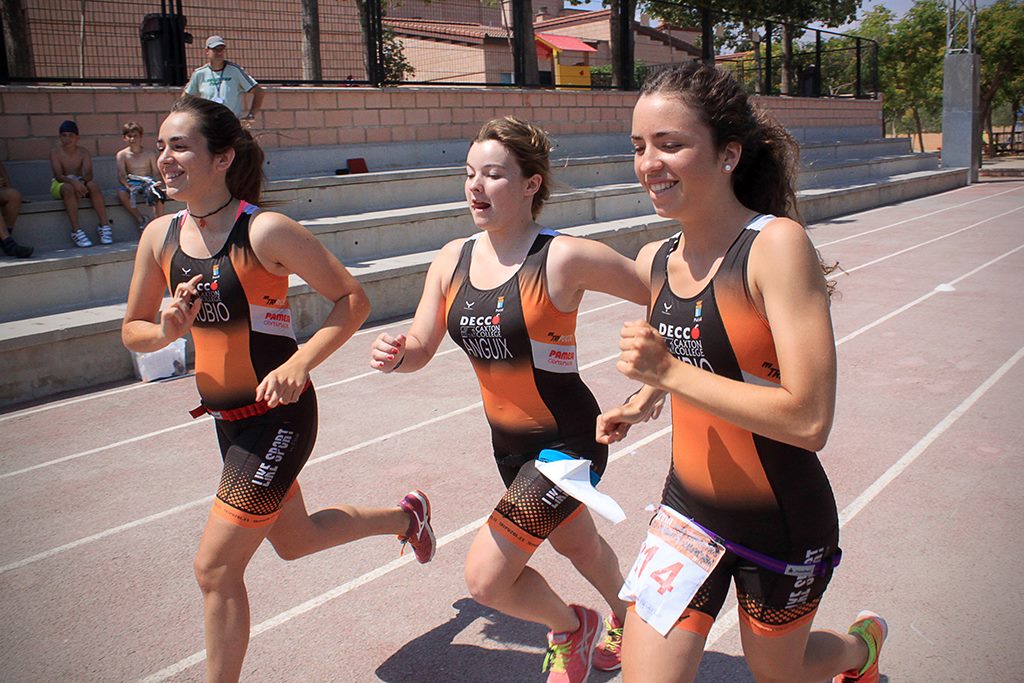Un año más, nuestro alumnado del Club de Teatro de Secundaria, con el apoyo del departamento de Arte y Música, y bajo la dirección de Ms Shaw y Ms Nugent, han puesto en pie un musical de una belleza extraordinaria y una calidad interpretativa asombrosa.
Tag: Art
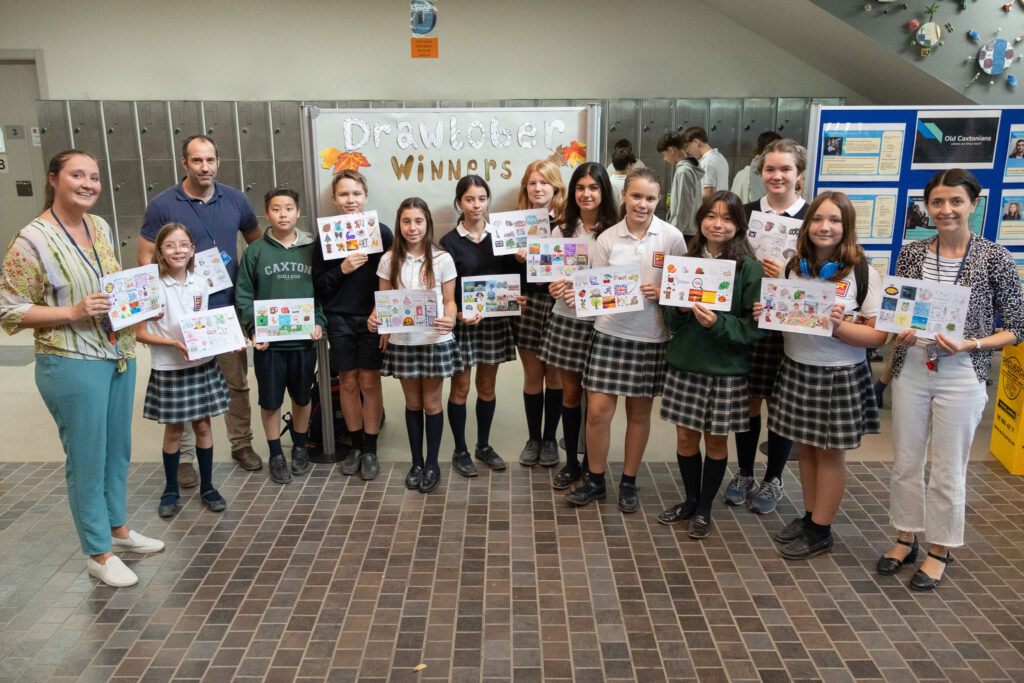
Por Ms Sarah Taylor, Profesora de Arte en Secundaria
Drawtober tiene sus orígenes en Inktober, una iniciativa presentada en 2009 por el artista Jake Parker para promover y fomentar hábitos positivos a través del dibujo. Desde entonces se ha convertido en un proyecto mundial con miles de artistas que aceptan el reto cada año. En Caxton, decidimos darle nuestro propio giro a esta idea e incluimos temas específicos del colegio vinculados, sobre todo, a nuestro lema “One School, One Community” para estimular la imaginación de los participantes.
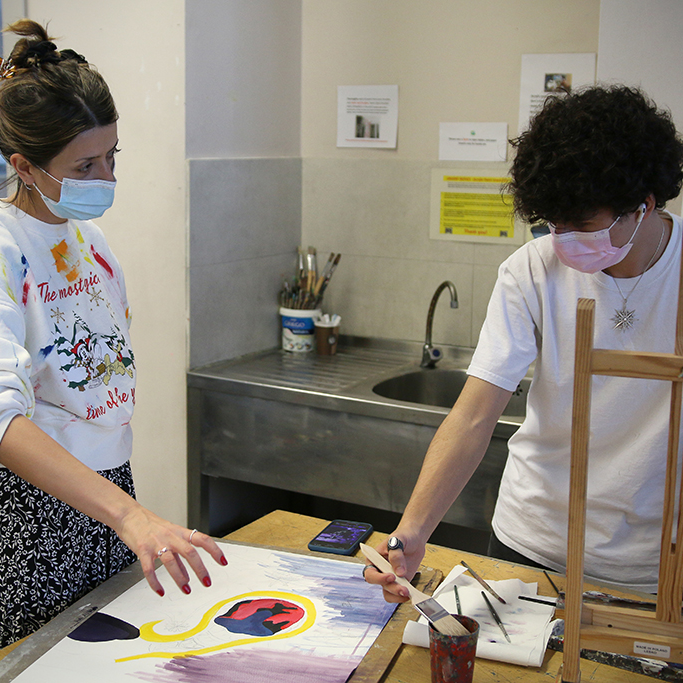
Por Ms Charlotte Owen, Coordinadora de Arte de Secundaria
Creatividad es una palabra usada tan frecuentemente que es fácil olvidar su significado real. El diccionario define el verbo “crear” como “producir algo nuevo”. Crear y producir algo nuevo ha sido parte de la existencia humana desde nuestros orígenes.
Durante toda la pandemia provocada por el coronavirus, he intentado convertir el aula de Arte, tanto la sala física como la versión virtual, en un lugar donde los jóvenes sintieran que se les permitía ver el mundo desde una variedad de perspectivas, un lugar donde podían plantear dudas y ser curiosos y creativos.
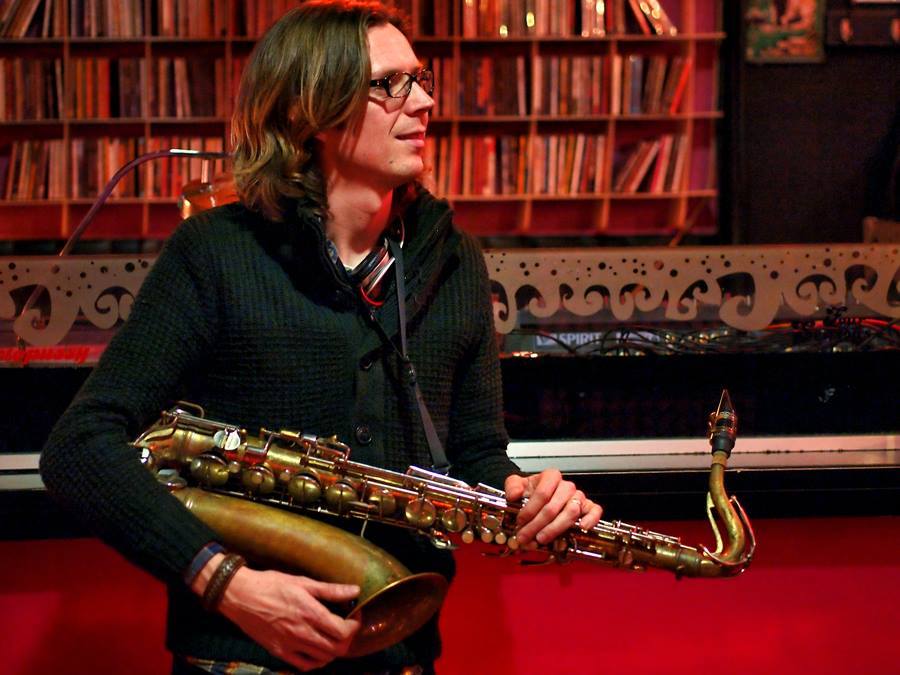
There have been many studies into why music is so important in the early years of children’s development. Helping to improve listening skills, motor functions, comprehension in language and numeracy. From professional and personal experience, I have seen that studying music helps to improve memory, build confidence and encourages children to socialise. As an early year’s music teacher there is a responsibility to teach these values and abilities, and to show the children the first steps within music education. As with any language, they must first learn the “words” and “vocabulary”. In respect to this way of thinking, my goal is to create a strong awareness of rhythm and space, and improved listening skills. Specifically, within classes, we will work positioned in a large circle where every child can see and hear every other child. Emphasis is placed on rhythmical games and activities whereby, even if a child is not playing an instrument or singing, must still be listening to their peers in order to continue within the game. For example, passing a simple clapped rhythm around the circle. This is often then further developed with the use of clapping/playing rhythmical patterns based on simple spoken sentences. “Let’s All Play Our Drum”, for example, where children must repeat the phrase and play or clap only on the word “drum”. Later on, when the words are played rather than spoken, a call and response pattern emerges through thinking of sentence rhythms and syllables. I have found that engaging children in fun, rhythmical activities and games (whilst at the same time using their language skills) greatly improves their listening skills. Which brings me to the importance of listening to “real” music.
Quite often as adults we forget to give early years children the opportunity to listen to high information music, or more complex forms of music. Nursery rhymes can often overshadow other musical forms due to the need to learn basic vocabulary. Yet when early years children are regularly exposed to more complex musical sounds (for example Mozart, Duke Ellington, Bach) this then becomes the norm. The complex music no longer sounds complex. When the children first heard traditional Indian music, it sounded strange Yet, after the third or fourth time listening, it wasn’t strange anymore. In conclusion, through rhythm and listening skills early years music at Caxton helps to improve children’s communication, confidence and patience, helping them to carry this on in all other aspects of their school life.
Simon Taylor, Music Teacher
 After a marketing consultant’s visit to the first public exhibition in the school, in 2013, he suggested that the image of the school would benefit from a greater awareness of the depth of thinking behind the work. In particular, showing that pupils were aware of social and global issues that were expressed in much of the work that year. This included a very moving piece by a Ukrainian student in response to events in her home country.
After a marketing consultant’s visit to the first public exhibition in the school, in 2013, he suggested that the image of the school would benefit from a greater awareness of the depth of thinking behind the work. In particular, showing that pupils were aware of social and global issues that were expressed in much of the work that year. This included a very moving piece by a Ukrainian student in response to events in her home country.
In response to this, a marketing director, who joined the school from Valencia’s Institute for Contemporary Art, became involved in increasing the profile of the Summer Exhibition of exam work and I was also asked to arrange a Spring Exhibition to include every pupil from Key Stage 3 (KS3). As this involved over 300 pupils we focused on producing a catalogue to feature the 100 pupils in Year 9. The work last year, shown in the exhibition catalogue (see link below), featured the architecture project included in last year’s Secondary Art Conference.
The catalogue is available as a free PDF download and glossy hard copies are also available to purchase, as well as being displayed for prospective parents visiting the school.
The quality of the large, professionally produced posters and catalogues has done much to inspire pupils when they see their work promoted to the same standard as galleries like Institut Valencià d’Art Modern (IVAM) and are aware that their work will be viewed by visiting artists such as Yturralde or gallery directors such as the Tate Modern’s Vincent Todoli.
The following link shows the GCSE and A level exhibition catalogue that was created to promote pupil work in Caxton College, Valencia, and the KS3 catalogue including work by every child in Year 9:
www.caxtoncollege.com/es/catalogos-de-arte.
Work from the exhibition has also been used as the cover design for the school diaries.
Liz Edwards, Art Department Coordinator
